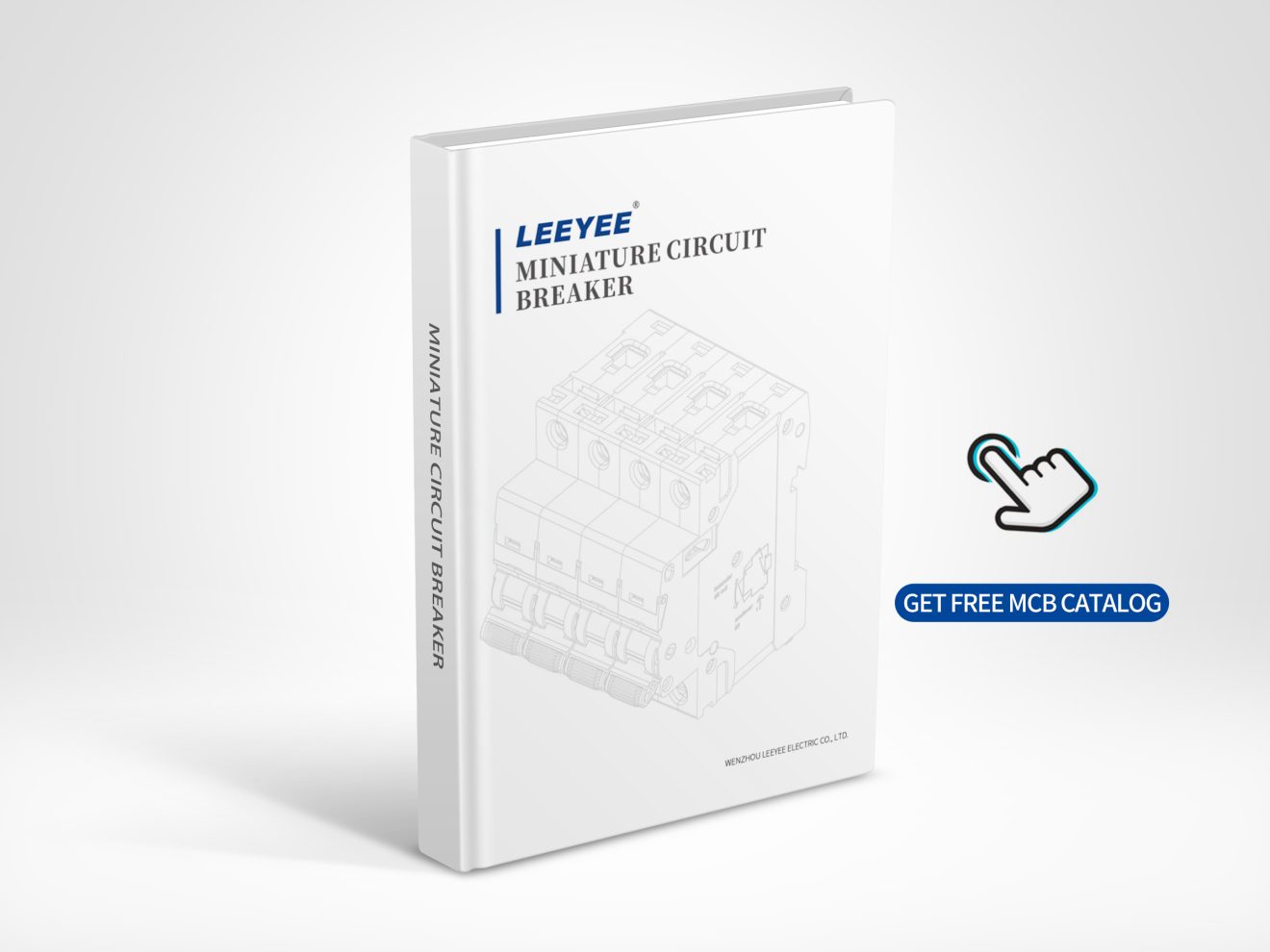Electrical protection equipment plays a crucial role in ensuring the safe and stable operation of power systems. The following sections detail the origins and development history of various types of electrical protection devices.
Fuse
The origins of the fuse date back to the early 19th century when engineers began using fusible metal wires to protect circuits from overloads and short circuits. Over time, manufacturers continuously improved fuse design and technology, introducing various types to meet different protection needs. This evolution marked an important milestone in electrical protection, laying the foundation for more advanced equipment in future power systems.
Circuit Breaker
The development of circuit breakers started in the mid-19th century. Initially, engineers applied them to protect DC circuits. With the emergence of alternating current (AC), they developed AC circuit breakers. Throughout the 20th century, technological advancements significantly improved circuit breaker performance. Modern circuit breakers evolved from simple mechanical designs into intelligent devices, becoming indispensable in power systems.
Residual Current Circuit Breaker (RCCB)
RCCBs, introduced in the mid-20th century, were designed to provide leakage protection. These devices quickly cut off the circuit when detecting leakage currents, reducing the risk of electric shock. Their appearance greatly enhanced electrical system safety and established their presence in modern installations.
Residual Current Circuit Breaker with Overcurrent Protection (RCBO)
RCBOs integrate leakage and overcurrent protection into a single device. Since their introduction in the late 20th and early 21st centuries, engineers have adopted RCBOs in environments requiring comprehensive protection. Their dual functionality effectively protects circuits, especially in areas with high safety demands.
Isolator Switch
Isolator switches appeared early in power system development. Engineers designed them to safely isolate circuits during maintenance and repairs. Today, isolator switches continue to play a vital role by ensuring safe disconnection from live parts, thereby safeguarding personnel and equipment during service work.
AC Contactor
AC contactors emerged in the early 20th century, targeting industrial and commercial applications. They efficiently control the switching of AC circuits. The introduction of AC contactors greatly improved the efficiency and reliability of large-scale power control, accelerating industrial automation and production growth.
Under/Over Voltage Protector
Engineers introduced under/over voltage protectors in the mid-20th century to address voltage anomalies. These devices monitor circuit voltage levels and intervene during under-voltage or over-voltage conditions. By doing so, they prevent equipment damage caused by voltage fluctuations, thus ensuring operational stability.
Surge Protective Device (SPD)
SPDs first appeared in the mid-20th century, with the purpose of mitigating overvoltage surges from lightning or grid disturbances. Modern power systems rely heavily on SPDs, particularly in lightning-prone or unstable grid environments, to protect sensitive electronic equipment from transient overvoltages.
Short Circuit Protector
Short circuit protectors have been used since the early days of power systems. Their primary function is to quickly interrupt fault currents during short circuits, preventing fires and equipment damage. By responding rapidly to faults, these devices provide essential protection and maintain system safety.
Overload Protector
Overload protectors came into use in the early 20th century. They safeguard circuits from damage caused by prolonged overcurrent conditions. By disconnecting circuits during overloads, these devices prevent overheating and equipment failure, ensuring operational longevity.
Electronic Protector
With the rapid advancement of electronics in the late 20th and early 21st centuries, electronic protectors gained prominence. These devices leverage electronic components for high-precision protection and fast response. Their introduction brought enhanced accuracy and reliability to modern power systems.
Relay
Relays, originating in the late 19th and early 20th centuries, have played a critical role in monitoring, controlling, and protecting circuits. Early relays operated on electromagnetic principles. Over time, engineers introduced digital and microprocessor-based relays. Today, relays remain fundamental in protection systems, particularly where quick response and high reliability are essential.
In summary, each type of electrical protection equipment evolved through innovation to meet the growing demands of safe and stable power system operation. Their continuous development reflects the progress of electrical engineering and their critical role in modern power infrastructure.

